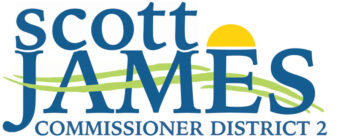Weld County is responsible for maintaining 2,868.34 miles of road within its transportation system. The figure was approved last week in the 2024 Highway Users Tax Fund (HUTF) Mileage and Condition Certification Report by the Weld County Board of Commissioners. The report will now be submitted to the Colorado Department of Transportation (CDOT) and be used to determine how much money the county will receive from the HUTF to care for its roads in 2025.
Following a trend over the past several years, the total miles of roads within the county’s transportation system decreased in 2024. The decrease of 7.87 miles was due in large part to 41 construction projects and five municipal annexations. A majority of county road miles — 2,107.39 — remain gravel, while the number of paved miles increased by just over four miles to 760.95.
Such numbers represent the impact of growth. Weld County’s population rose just over 9% between 2020 and 2023, according to the U.S. Census Bureau. While Weld County continues to improve portions of county roads to meet demand, municipalities are also growing and annexing portions of county roads, so a slight decrease in the total number of roads the county maintains is expected.
HUTF funding remains a top revenue source statewide for road projects, estimated to bring in $511 million in Fiscal Year 2024-2025, according to CDOT’s Final Budget Allocation Plan. This funding, derived from state-levied taxes like a fuel tax, and a number of different fees, including vehicle registration fees and retail delivery fees, is distributed to CDOT, the Colorado State Patrol, the Colorado Department of Revenue, counties and municipalities, according to statutory formulas.
To view distribution breakdowns of the HUTF, visit the Colorado Department of the Treasury.


